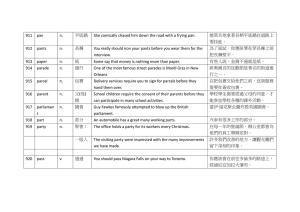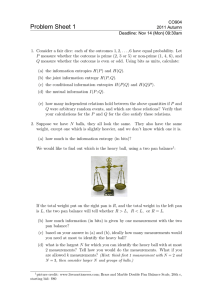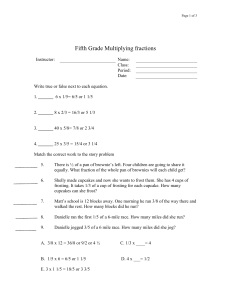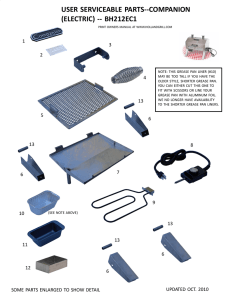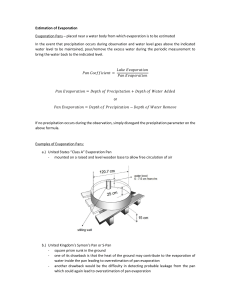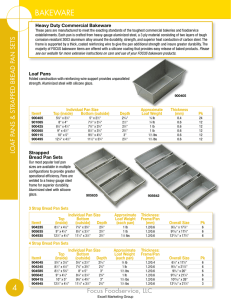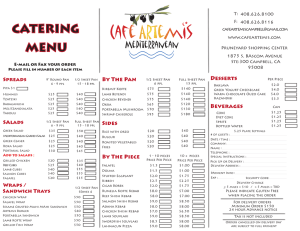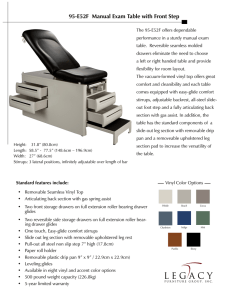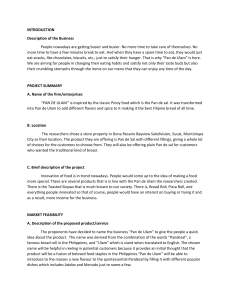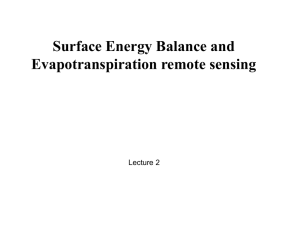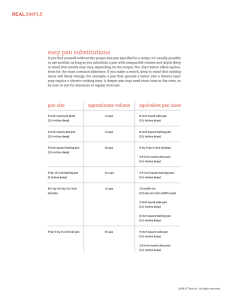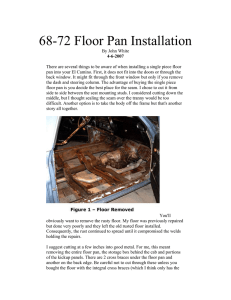Brianna Armitage processes related to weather and the water cycle.
advertisement
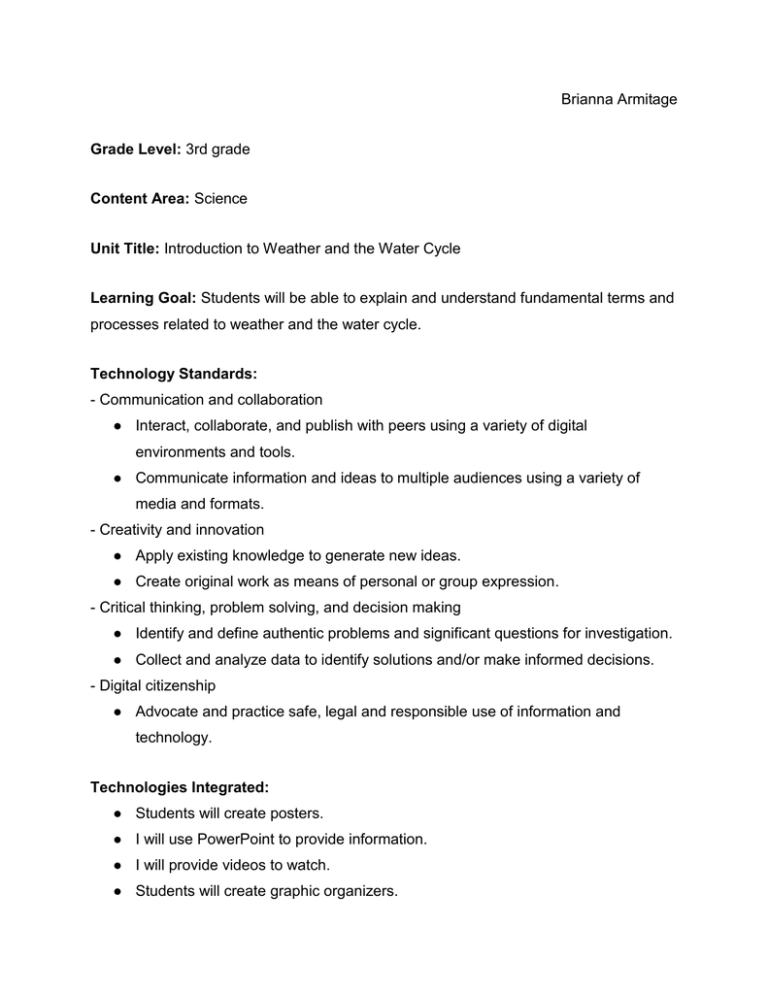
Brianna Armitage Grade Level: 3rd grade Content Area: Science Unit Title: Introduction to Weather and the Water Cycle Learning Goal: Students will be able to explain and understand fundamental terms and processes related to weather and the water cycle. Technology Standards: - Communication and collaboration ● Interact, collaborate, and publish with peers using a variety of digital environments and tools. ● Communicate information and ideas to multiple audiences using a variety of media and formats. - Creativity and innovation ● Apply existing knowledge to generate new ideas. ● Create original work as means of personal or group expression. - Critical thinking, problem solving, and decision making ● Identify and define authentic problems and significant questions for investigation. ● Collect and analyze data to identify solutions and/or make informed decisions. - Digital citizenship ● Advocate and practice safe, legal and responsible use of information and technology. Technologies Integrated: ● Students will create posters. ● I will use PowerPoint to provide information. ● I will provide videos to watch. ● Students will create graphic organizers. ● Students learn through interactive websites. Resources: ● Current weather forecast video ● BrainPop - website, videos, and interactive quiz. Unit Outline: Lesson 1- intro to weather To start, have students describe different types of weather. ● Each table group will get a poster the has an image of a certain types of weather glued on it. They are to finish the poster by describing the weather. ● In front of class, they will share their observations. (15 minutes) Next, I will have a PowerPoint that explain the fundamental terms needed to understand weather and meteorology. (15 minutes) Lastly, watch a segment of the recent weather. ● Ask how and why weather is important and how it affects us. ● Watch again, but this time ask students to write down any words they don't know. ● Discuss as a group, give possible definitions, and add to the list. (15 minutes ) ( total 45 minutes) Lesson 2- intro to the water cycle First, present the vocabulary needed; such as, evaporation, atmosphere, condensation, precipitation, and collection. Next, compile a class list of everything in nature that is made of water. (15 minutes) Activity: 1. Boil water in a glass beaker. Students will observe and record their observations I will explain that when water boils, it transforms into steam, the gaseous form of water. It has more heat and energy. Less dense, so it rises. Evaporation. 2. Hold a metal pan with an ice cube on it above the boiling water. Students should observe the bottom of the pan and question what's happening. I will explain the ice is the solid form of water, and it cools down the pan. When the steam hits the cold pan it loses heat and becomes a liquid. Condensation. 3. Explain that when the water starts to fall off the bottom of the pan, it is precipitation. The water droplets become too heavy and they fall because of gravity. (15 minutes) Next, watch the water cycle video using BrainPop. Complete the interactive quiz at the end. (10 minutes) Lastly, create a graphic organizer of the different water cycle steps (20 minutes) ( 60 minutes total )
